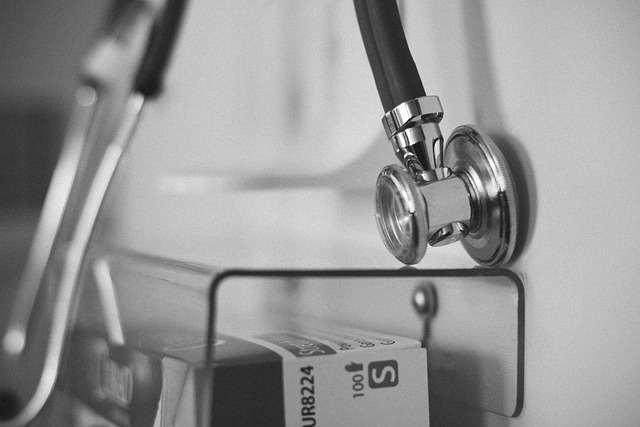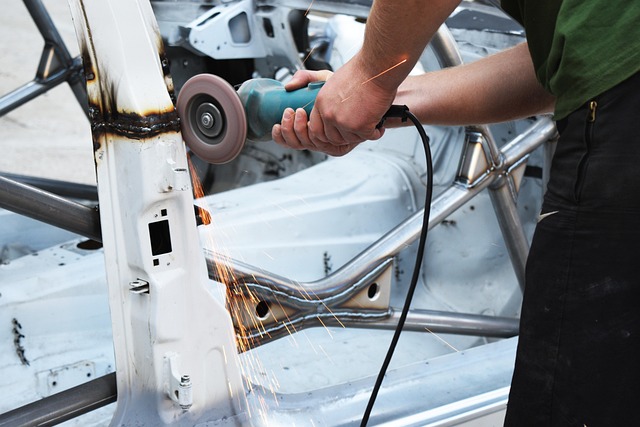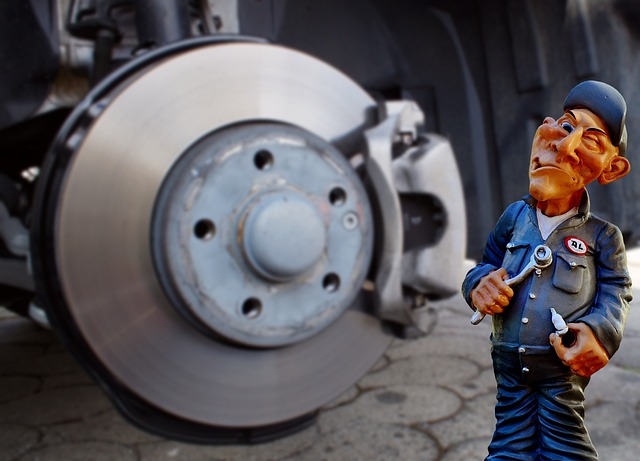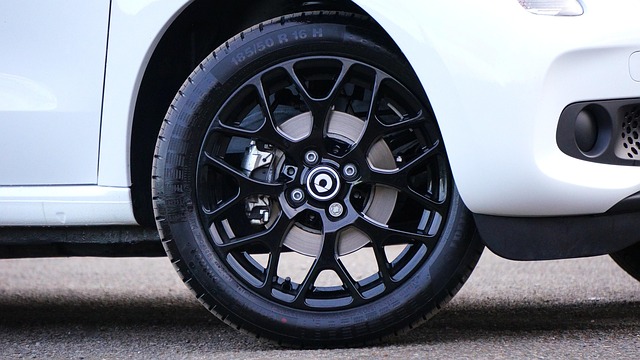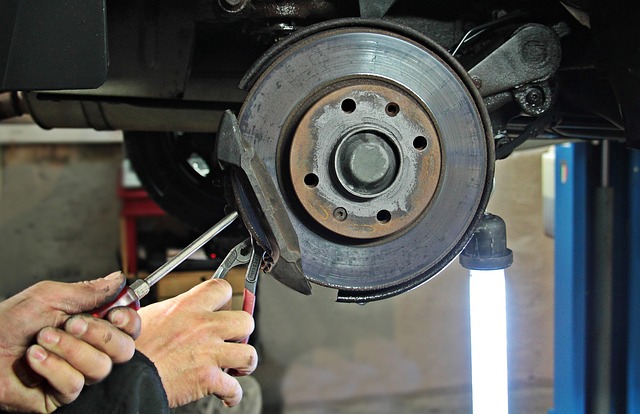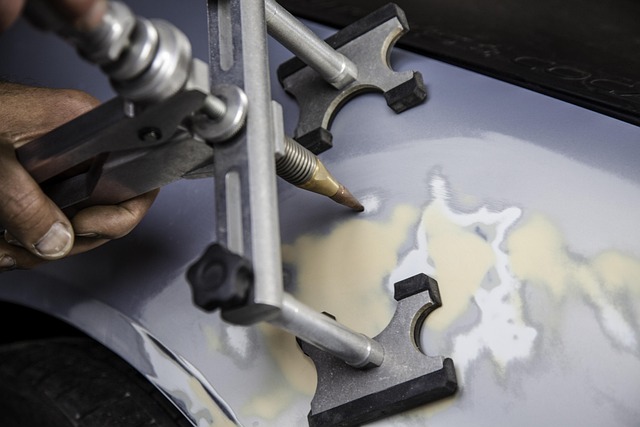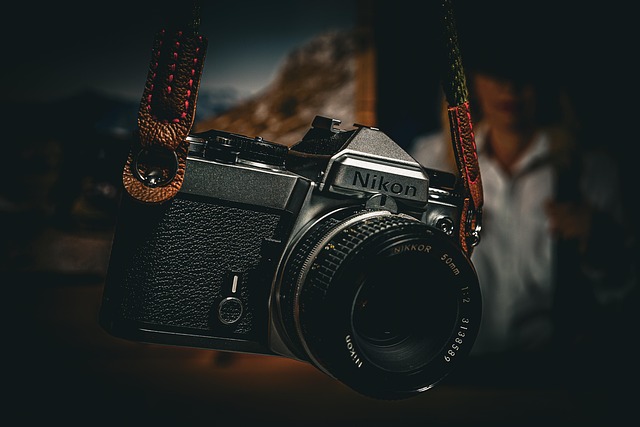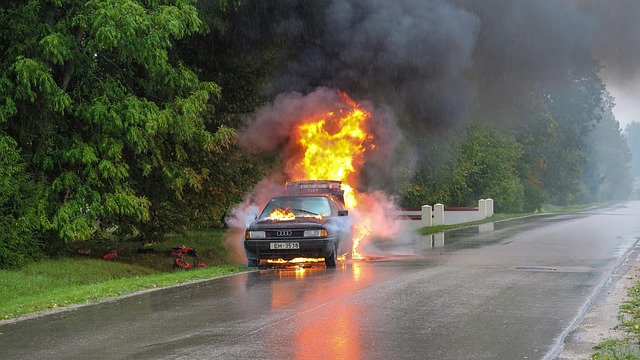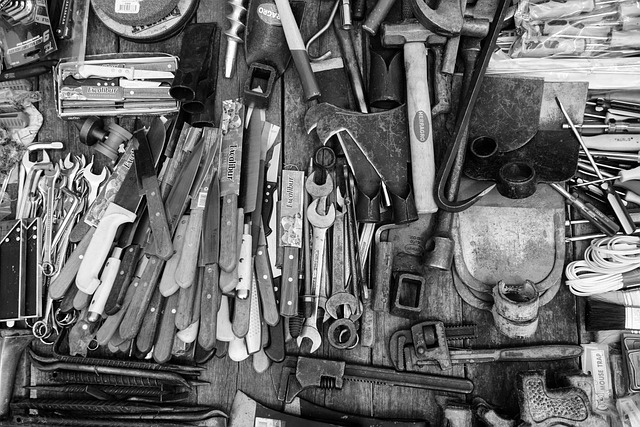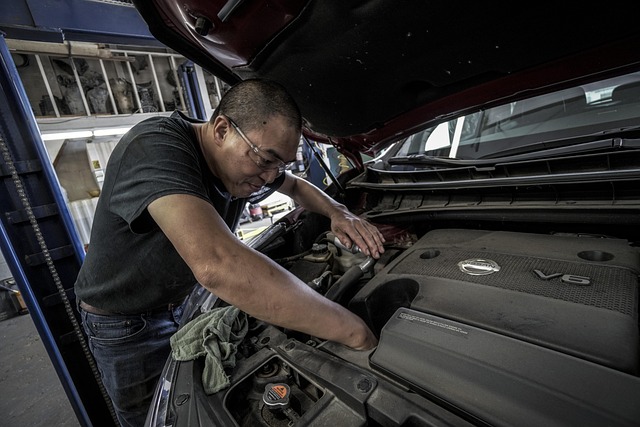Infrared paint drying revolutionizes auto painting and collision repair by dramatically reducing restoration times from days/weeks to just a few hours. This technology uses specialized heaters to evenly dry paint, activating curing reactions and eliminating issues like orange peel finish. By adopting infrared drying, professionals enhance efficiency, reduce costs, and gain a competitive edge. It offers substantial time and cost savings, accelerates paint curing, minimizes downtime, and reduces energy consumption in industries like auto body painting and paintless dent repair. However, strategic planning is crucial, including evaluating infrastructure, equipment compatibility, staff training, proper ventilation, paint and surface compatibility, as well as regular maintenance for optimal system performance.
Infrared paint drying is transforming the way we approach coating applications, offering significant time and cost savings in various industries. This innovative technology accelerates the curing process of paints by absorbing heat from infrared radiation, reducing drying times dramatically. By minimizing downtime and maximizing productivity, infrared paint drying provides a compelling solution for businesses seeking efficiency gains. In this article, we’ll explore the science behind this technology, its numerous benefits, and best practices for successful implementation.
- Understanding Infrared Paint Drying: The Technology Behind It
- Benefits of Using Infrared Paint Drying for Time and Cost Savings
- Best Practices and Considerations for Effective Implementation
Understanding Infrared Paint Drying: The Technology Behind It

Infrared paint drying is a revolutionary technology that’s transforming the way we approach auto painting and car collision repair. This innovative process utilizes specialized infrared heaters to accelerate the drying and curing of paint, significantly reducing the time it takes for a vehicle to be restored to its pre-accident condition. Unlike traditional methods that can take days or even weeks, infrared paint drying cuts this timeline down to just a few hours, saving both time and money.
The technology behind infrared paint drying involves emitting concentrated infrared energy onto the painted surface, which heats the paint evenly and quickly. This heat activates the chemical reactions necessary for curing, allowing the paint to set faster. Moreover, it helps eliminate common issues like orange peel finish or uneven drying that can occur with conventional methods, ensuring a smooth, professional-looking finish. For auto body painting professionals, incorporating infrared technology into their workflow offers a competitive edge by increasing efficiency and reducing costs associated with extended downtime.
Benefits of Using Infrared Paint Drying for Time and Cost Savings
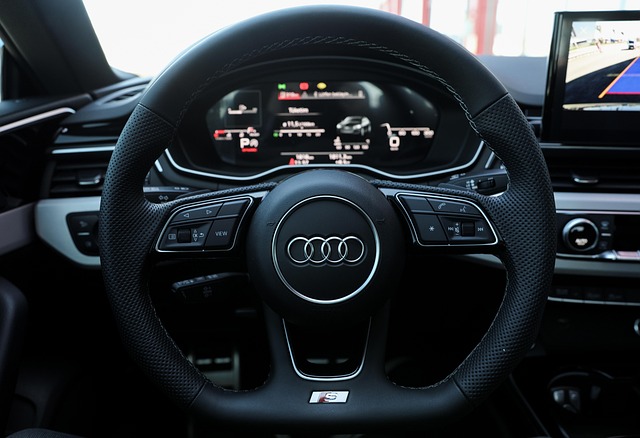
Infrared paint drying offers a significant advantage in terms of both time and cost savings for various industries, particularly auto body painting and paintless dent repair services. This innovative technology accelerates the curing process of paint, reducing the time required for a job to be completed significantly. Traditional methods can take hours or even days for paint to dry completely, but infrared drying cuts this process down to minutes, allowing businesses to increase their production capacity and handle more projects in less time.
Furthermore, the efficiency of infrared paint drying translates directly into cost savings. By minimizing downtime between jobs and reducing energy consumption compared to conventional curing methods, auto body shops and paintless dent repair specialists can lower their operational expenses. This advanced technique also enhances productivity by enabling technicians to work on multiple panels simultaneously, streamlining workflows and maximizing resources.
Best Practices and Considerations for Effective Implementation
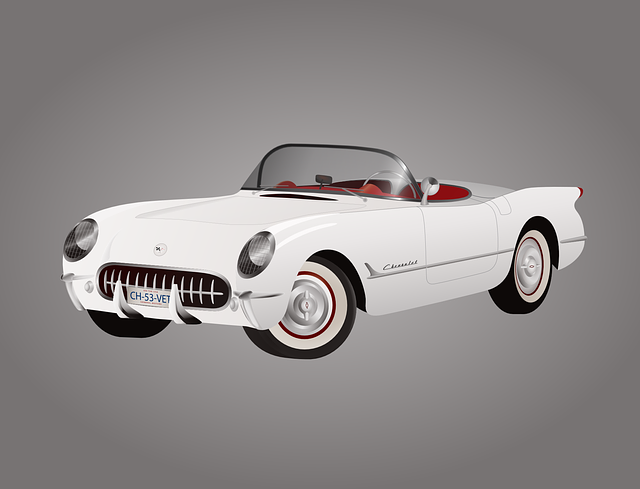
Implementing infrared paint drying in an automotive body shop or vehicle collision repair facility offers significant time and cost savings, but requires careful planning. Best practices dictate a thorough understanding of the technology’s capabilities and limitations. Before adoption, assess your shop’s layout, equipment compatibility, and staff training needs. Ensure proper ventilation to maintain safe working conditions during operation, as infrared heaters can generate heat up to 2000°F (1093°C).
Consider the type of paint and surface being treated, as not all materials are suitable for this method. For instance, certain types of enamel or specialized coatings may require alternative drying techniques. Regular maintenance of the infrared system is crucial to ensure optimal performance. Regular cleaning of the heaters and filters extends their lifespan while maintaining paint quality. Incorporating these considerations into your implementation strategy will maximize the benefits of infrared paint drying in auto repair services.
Infrared paint drying is a game-changer in the construction and industrial sectors, offering significant time and cost savings without compromising quality. By leveraging this technology, professionals can streamline their painting processes, reduce labor expenses, and minimize material waste. With its efficient heating capabilities, infrared paint drying accelerates curing times, enabling faster project completion. As this method gains traction, adopting best practices will ensure optimal results, making it a reliable solution for various applications. Embrace the future of painting with infrared technology to stay ahead in a competitive market.

